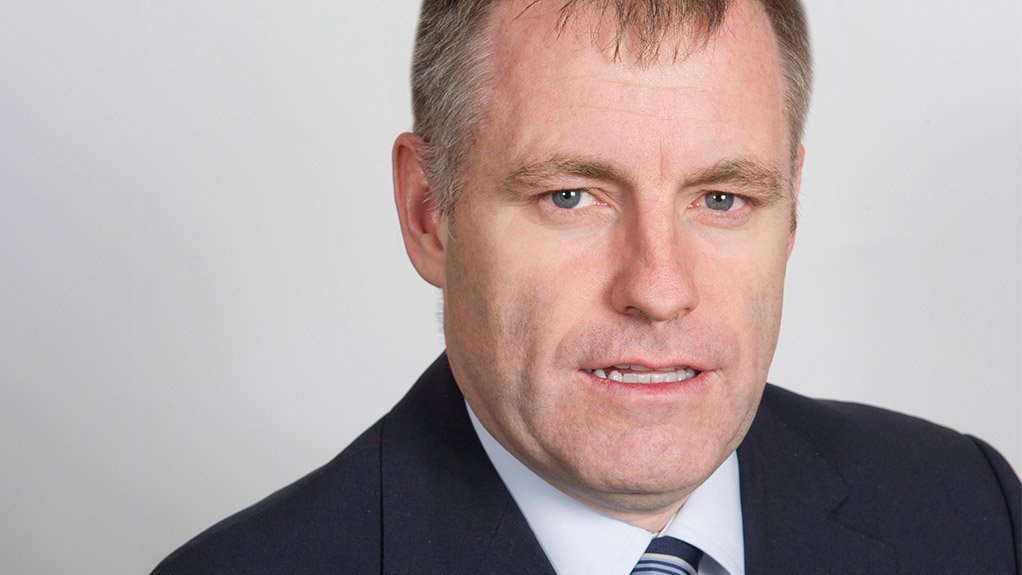Pulp and paper producer Sappi's performance for the first quarter of the 2018 financial year was in line with group expectations, with earnings before interest, taxes, depreciation and amortisation (Ebitda), excluding special items, reaching $172-million.
This was, however, lower than the $181-million Ebitda reported for the first quarter of the prior financial year, as a result of an additional accounting week having occurred in the first quarter of the prior year.
Further, Sappi had incurred a noncash income statement charge of $19-million on a deferred tax asset in the US during the first quarter of the current financial year, following the country's lowering of corporate income tax rate.
However, going forward, this would be positive and contribute to increased earnings, Sappi CEO Steve Binnie said on Wednesday.
He noted during a conference call that the company continues to work hard to mitigate increased input costs and the impact of a stronger rand:dollar exchange rate, and will begin to see the benefits of selling price increases during the rest of the financial year.
Major factors which influenced the first quarter's results include dissolving wood pulp (DWP) demand remaining strong, while the demand for speciality and packaging papers continued to grow across all regions and all major product segments, only constrained by the company's current production capacity.
In addition, Binnie noted that Ebitda margins were maintained at 14%, with printing and writing paper markets remaining stable in Europe.
The company also implemented higher selling prices to offset the impact from increased raw material costs, while sales volumes in the US were lower owing to production challenges and the start of project work for the conversion to higher-margin growth products at the company's Somerset mill in the US.
Paper pulp costs continued to rise throughout the quarter.
Referring to investments to enhance the competitive advantage and increase speciality packaging and DWP capacity, Binnie said specialty and packaging paper demand continues to grow as the push to use paper-based packaging over plastic gathers momentum.
In addition, the acquisition of the Cham speciality paper business is due to be completed at the end of this month, which will significantly strengthen Sappi's speciality and packaging paper footprint, skills, volumes, product offering, innovation and market presence.
The conversions of the paper machines at the Maastricht and Somerset mills will be completed in the second and third quarter of the current financial year, respectively, and will further add to the company's coated packaging capabilities.
The debottlenecking projects at the Saiccor, Ngodwana and Cloquet mills will also bring an additional 90 000 t/y of capacity to the market through the end of this financial year.
In light of increased demand and the positive outlook for DWP, Binnie confirmed that: "Over and above our debottlenecking projects, we are advancing plans for the possible expansion of Saiccor by a further 110 000 t/y."
Turning to the outlook for the second financial quarter of the year, Binnie noted that the demand for DWP remains good, and that realised dollar sales prices will improve in the second quarter as the company benefits from the higher average Chinese market prices.
While viscose staple fibre (VSF) prices currently remain under pressure, he stated that recent increases in competing textile prices such as cotton and polyester should provide support to the VSF market, which in turn should support DWP pricing in upcoming quarters.
In the US, Sappi will be taking extended downtime on PM1 at its Somerset mill to complete the conversion project at the mill. However, this is expected to have a $9-million negative impact on Ebitda during the second and third quarters.
Coated paper price increases implemented over the past six months will start to be fully realised in the second quarter.
Capital expenditure in 2018 is expected to be about $500-million, as the company completes the conversions at its Maastricht and Somerset mills, the debottlenecking projects at the Saiccor, Ngodwana and Cloquet mills and the upgrade of the Saiccor woodyard.
These projects are focused on higher-margin growth segments including DWP and speciality packaging, and will position Sappi for stronger profitability from 2019 onwards.
Edited by: Chanel de Bruyn
Creamer Media Senior Deputy Editor Online
EMAIL THIS ARTICLE SAVE THIS ARTICLE
ARTICLE ENQUIRY
To subscribe email subscriptions@creamermedia.co.za or click here
To advertise email advertising@creamermedia.co.za or click here













